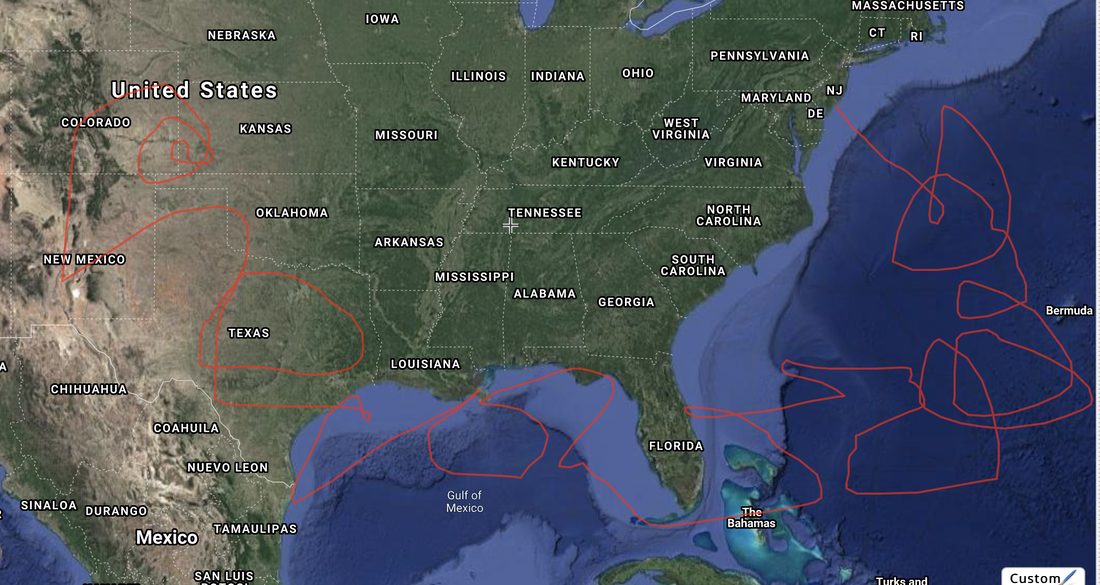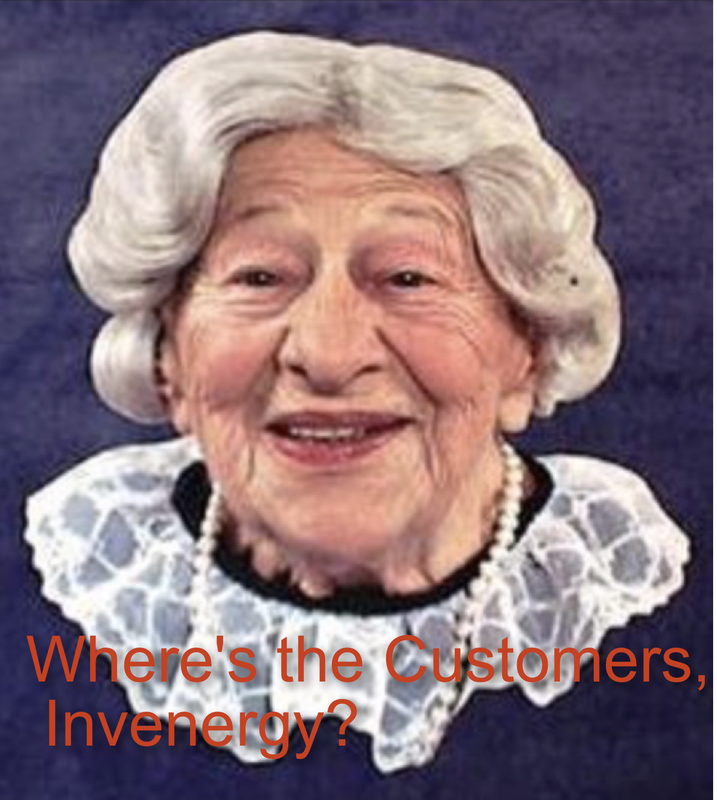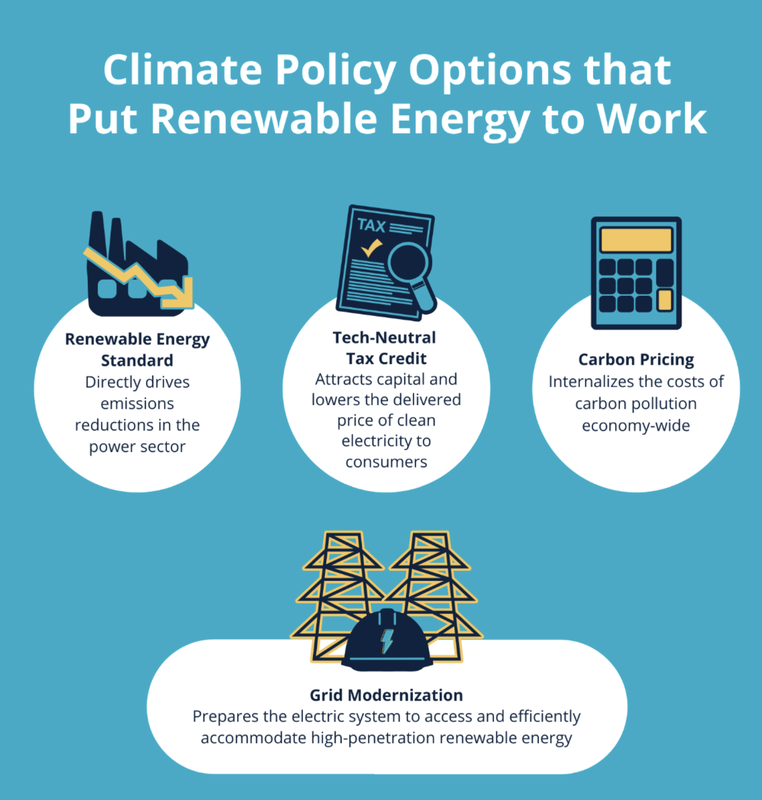Lawson wondered whether singling out one project should be a concern to anyone planning to develop large scale projects in the state. Lawson said, “What signal are we sending about our state’s desire for job creation and economic progress if we change the rules at the last minute?”
The legislature isn't "changing the rules," it's changing the law. That's what legislatures do. It's a risk all transmission projects accept when developing a project.
Laws are not a stagnant thing. Once they're made, they're often changed. New laws are made. Existing laws are amended. It's what happens in a healthy, democratic society. If we had to keep all laws stagnant for fear of "changing the rules" on someone, there are plenty of old laws that would still be hanging around, much to our detriment. We change laws to make them work better, for the benefit of all citizens.
To answer Lawson's question about the "signal" it sends, let's look at Iowa. In 2017, the Iowa legislature passed a new law that declared above-ground merchant transmission lines a private development purpose that may not be granted eminent domain authority. The Clean Line project that inspired this legislation, the Rock Island Clean Line, was faced with a choice... to build its project without eminent domain authority, or to bury it. Nothing the legislature did actually banned or stopped the project. It was Clean Line's choice to abandon it.
The "signal?" Transmission is still being built in Iowa, but not above-ground merchant lines. Instead a better project has been proposed for basically the same purpose. SOO Green Renewable Rail proposes an underground merchant transmission project built on existing rights-of-way. It's a much better solution to the imagined problem. It may be more expensive, with undergrounding costing roughly twice as much as above-ground lines, but that's okay because this is a market-based project. The market for transmission capacity will dictate the prices customers will be willing to pay in a voluntary market, free from manipulation and outside influences. The developers of SOO Green believe their project will be marketable, despite its cost.
This is the signal the Iowa legislature sent... that projects must do better to avoid impacts to Iowa citizens. And they all lived happily ever after.
Arkansas also passed a law inspired by a different Clean Line project, the Plains and Eastern Clean Line. That law prevented the use of eminent domain for a transmission project that was not directed or designated to be constructed by a regional transmission organization. What happened? Nothing. There's still transmission and economic prosperity going on in Arkansas, and the lights are still on.
Legislatures can and do change laws all the time. And the one in Missouri desperately needs updating! Public utility and eminent domain law were developed at a time before merchant transmission was proposed in the state. Multi-state merchant transmission without contracted customers is a relatively new thing everywhere, and other states have dealt with it in the recent past, as noted above. Nothing disastrous happened.
The law that gives a public utility eminent domain authority is premised on a belief that a public utility is constructing regulated infrastructure. The cost of that infrastructure and the ones who pay for it is highly regulated, whether by state utility commissions, or the Federal Energy Regulatory Commission.
Enter speculative merchant, market-based, transmission. Its rates aren't regulated in the same way. Its rates are negotiated between willing buyers and willing sellers. Nobody is forced to pay for anything they don't want to. The regulators cannot say whether a rate is too low, or too high. They rely on the market to do so. If a price is too high, there will be no market interest. Market rates police themselves (assuming they were negotiated in a fair manner without undue influence or preference).
Eminent domain is not a market based mechanism. It is the government stepping in to effect the taking of private property at a "fair," not market-based price. If the price paid for property was negotiated without any limit, that would be a market-based price between a willing buyer and a willing seller. The sellers are unwilling in an eminent domain situation.
Using the market interference of eminent domain on a market-based transmission project is not only unfair to the unwilling seller, it unjustly enriches the transmission project owner, who is still operating in the realm of negotiated, market-based rates. Its market isn't affected by the price it pays for property. In fact, if it was truly market-based, the price of property necessary for the project should be based on the same voluntary, free market in which the project negotiates its rates.
It's a legal mismatch that uses the regulated utility's eminent domain authority to boost the earnings for a market-based project. Many states, such as Iowa and Arkansas (and Illinois, too, although this happened at the state Supreme Court) have recognized this. Missouri has also now realized it, and that's why its legislators want to remove eminent domain authority for market-based, merchant transmission projects.
It's not to "change the rules," it's to update the law to support new development while protecting the citizens of Missouri. Grain Belt Express could still build its project. It just would have to negotiate property prices in a market-based environment without the government-granted power of eminent domain to limit its acquisition costs, and GBE doesn't want to assume that responsibility or cost.
A project that is truly market-based has no need for eminent domain. GBE and its supporters are simply complaining because legislators are intent on fixing the current legal loophole they slipped through. With the loophole firmly closed, new transmission in Missouri will be better for ALL citizens, not just a few.







 RSS Feed
RSS Feed